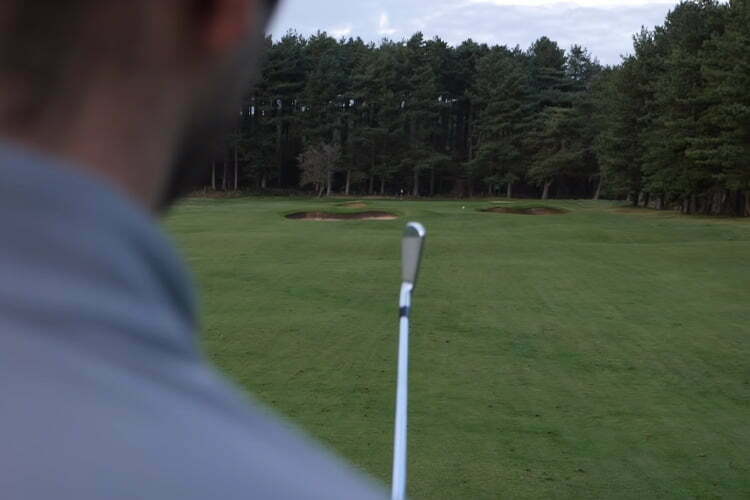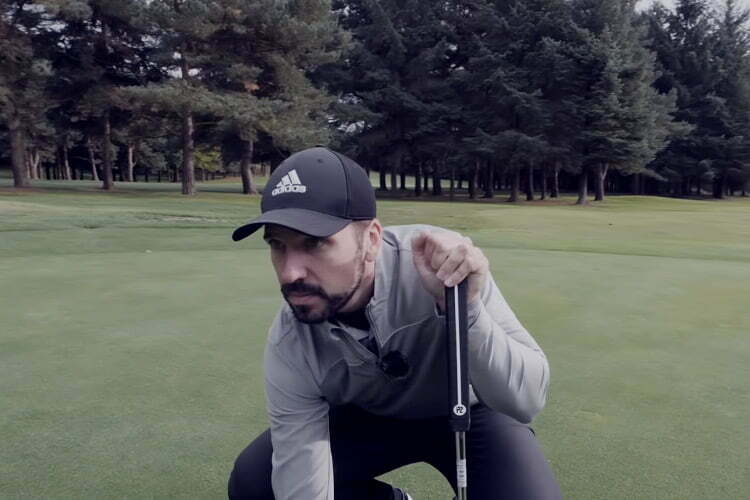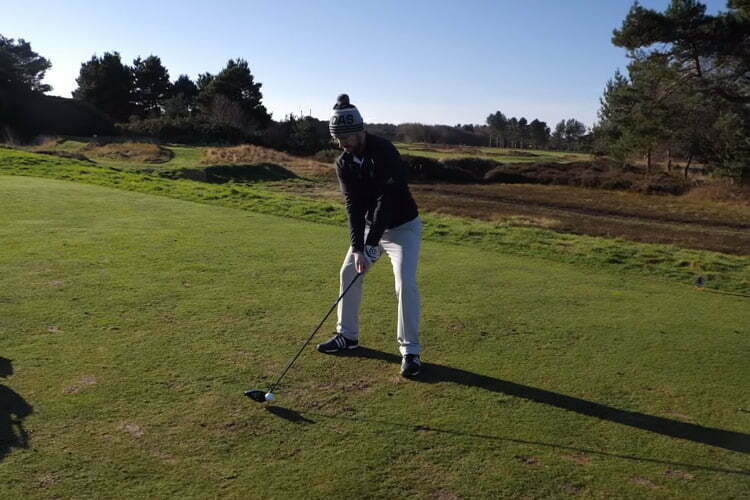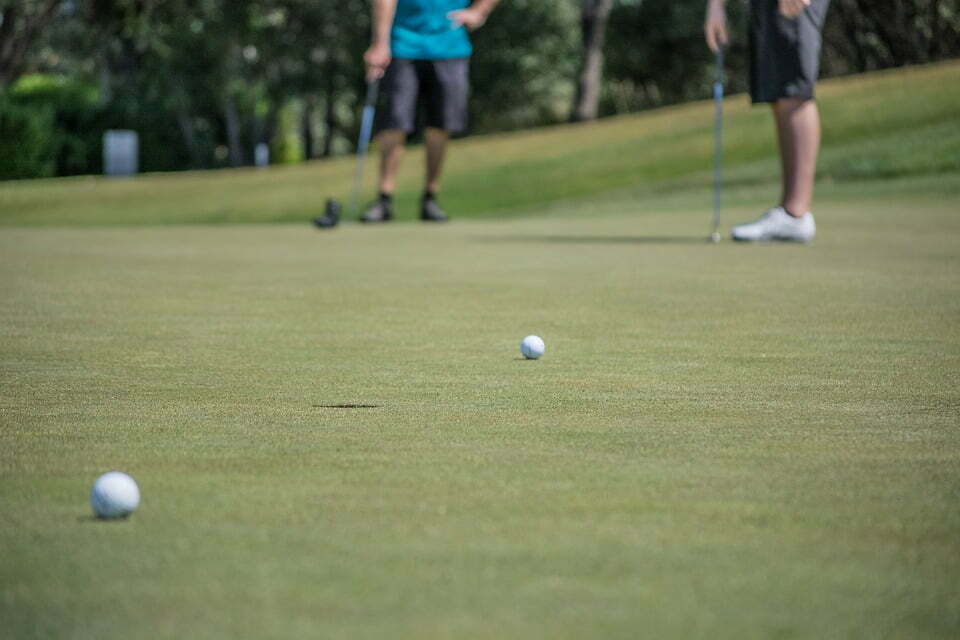Your golf swing can only be as good as your mind is allowing it to. Picture an anxiety scale. On one side, you have anxiety; on the other, skill. When your anxiety level goes up, your skill goes down. Naturally, when you improve your performance, your doubts decline.
In this article, we’re going to talk about the mental game and how you can prepare yourself for golf. This is probably one of the most important discussions you’re going to read in terms of focusing and preparing yourself mentally for the challenges that you’ll face on the course.
Table of Contents
Imagining Golf Courses
The first aspect of mental training is about visualizing certain shots. Now, the mental game is something that not a lot of people experiment with, because a lot of golfers don’t understand the intangible tools they have in their disposal can help them in such a profound way.
You start to awaken the power of your mind by simply meditating. Doesn’t matter if you’re lying down in bed, on your way to work, or what have you, just as long as you maintain proper focus, you’re on the right track.
For now, let’s start off small. Say you have a problem hole at your local golf course, the key here is to visualize playing better in that particular spot. Think about it vividly in such a way that each shot is clear as day and that you’re actually performing well on that hole. You can even imagine your swing and how the ball will fly after you hit it.

It may seem odd at first, but trust us, there’s a method to this madness. The idea here is that when you actually get to that specific hole, you’ve already conditioned your mind hard enough to the point that you’ve convinced yourself that you can play and make those shots. You’ve basically won half the battle, in hindsight.
Visualization may sound almost too good to be true, but studies have shown—time and time again—that if you can imagine yourself performing a certain task in a certain way, the likelihood of that actually happening and becoming true is much greater.
Audible Conditioning
This will take a little bit of planning and it will also take a little bit of work. You may even feel slightly silly doing it, but this is an example from one of the greatest players who ever lived, Seve Ballesteros, and Bob Rotella, a renowned sports psychologist in golf.
Rotella tells a story of when Seve was playing in his first Masters. In the lead up to that event, a friend made him an audio cassette recording. And within that tape, he recorded himself commentating on Ballesteros’ victory at Augusta. He did it in such vivid detail that Seve listened to it time and time again.
And by the time he actually arrived at the tournament, Seve Ballesteros felt almost no pressure because he knew he was going to win. He visualized it and he’d heard it so often that he knew that he was going to turn up at one of the sternest tests in golf and triumph.

It was a type of brainwashing to convince himself so much of a thing that hadn’t happened yet. And you can try this in a very small way. You can simply record yourself speaking about performing a task that you really want to achieve. It might be breaking 90, it might be breaking 100, it doesn’t matter. Remember, people, by and large, will become what they think of themselves. And if you convince yourself that you’re a good golfer, for example, and you can shoot a certain score, or whatever it may be time and time again, it will stand a greater chance of coming true.
Visualizing Golf Swings and Other Techniques
This type of visualization isn’t about playing a certain hole, but about how you’re swinging the club and performing a technique that you may be struggling with. It’s a mental exercise that many of the best golfers do and it’s based on many studies about visualization.

If you can imagine yourself performing certain tasks, in this case, the golf swing, what you can then do is actually start to tell the brain, the actions and the movements that you want it to make. You’re going to need video footage about you making that change, and then try and commit that to memory.
Before going to bed, simply imagine yourself swinging in slow motion to try and mimic those movements. You can also do this by closing your eyes trying to imagine that feeling, and then going on to do a swing wherever you may be. And if you can get that image, if you can get that picture in your mind clear enough about what you want your swing to look like, your brain will try and rearrange your body into the order that you desire.
Conclusion
It’s important to note that these psychological drills are actually based on science, not just any sort of wishful thinking. It may be hard to be consistent, considering that results don’t happen in an instant. However, you just have to stick to it, continue practicing both the body and the mind. You have to work on every facet of your game and connect everything from top to bottom, inside out.

